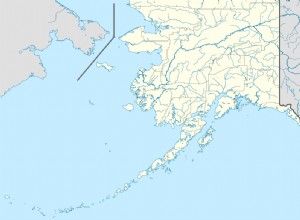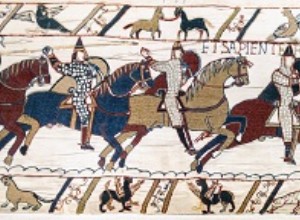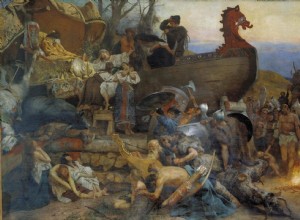A priori It might seem that a place as remote as the Aleutian archipelago was of no interest to World War II fighters. However, the possession of that insular territory was revealed as a fundamental strategic objective both by its owners, the United States, and by its Japanese enemies and, in fact,




